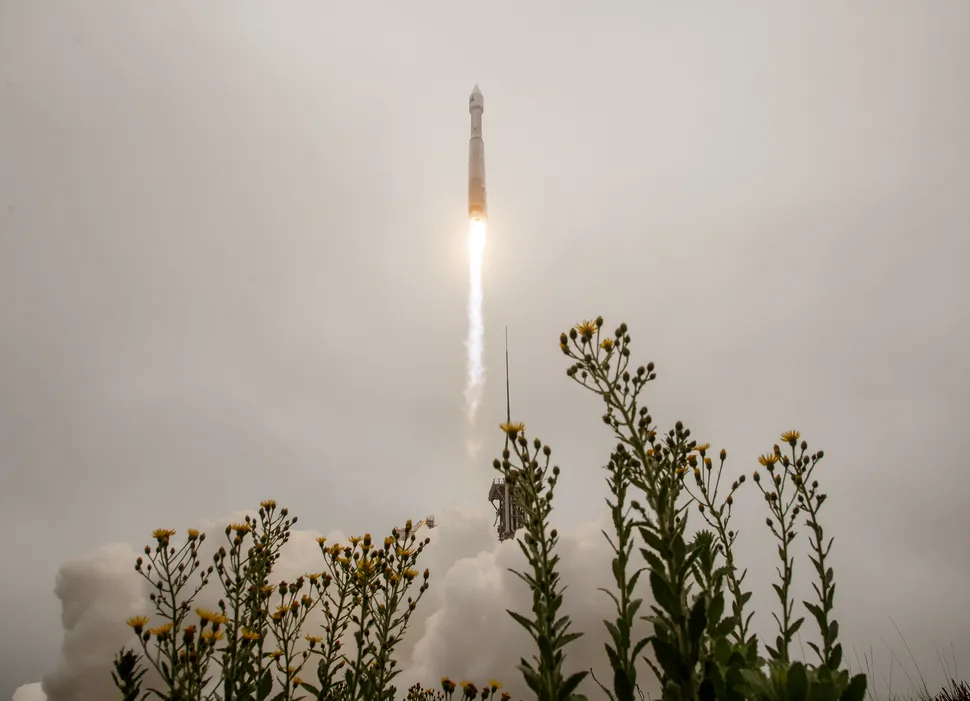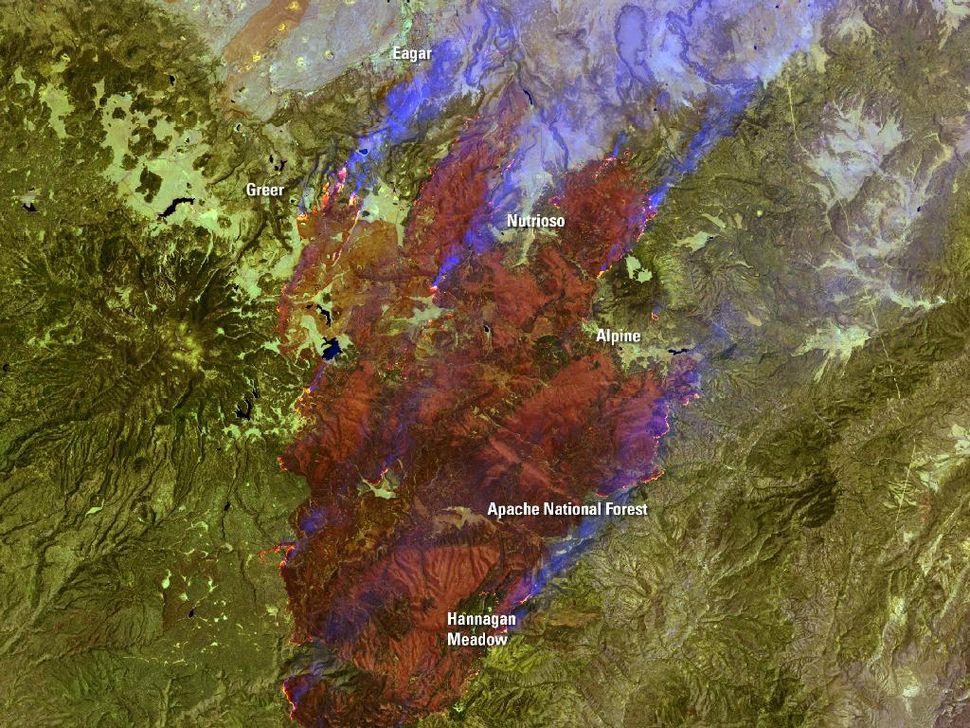
Article Link: https://www.space.com/nasa-landsat-9-earth-observation-satellite-launch-success
NASA’s new Landsat 9 satellite recently launched with a United Lauch Alliance Atlas V rocket, and has made it to space! Landsat 9 will be continuing the Landsat line’s long tradition, dating back to 1972, of observing the Earth to monitor land resources, replacing Landsat 7 while working together with Landsat 8. This will allow the pair of satellites to image the entire Earth every 8 days.
The goal of the two Landsat satellites, according to the mission scientists, will track urban sprawl and expansion, the size of forests, glaciers, land use, and surface water, among other things, helping to monitor the effects of climate change on the planet. Additionally, Landsat will also help us understand the effects of natural disasters on ecosystems and their recovery over long periods of time. This information will greatly help us back on Earth, even beyond those of us in space, as the Lansat data has been public since 2008.
In launching a satellite like this, I believe that the greatest cyber threat to its mission stems from how long it will likely be in orbit. Its predecessor, Landsat 7, has been in orbit since 1999, and technology has changed drastically since then. Landsat 9, while currently the cream of the crop, will eventually become a legacy system itself, creating new vulnerabilities over time. As is often the case, the intellectual property of the system could be useful to an attacker, but the actual data Landsat was sent to gather will not be of any significant interest, as it is all publicly available anyway.
